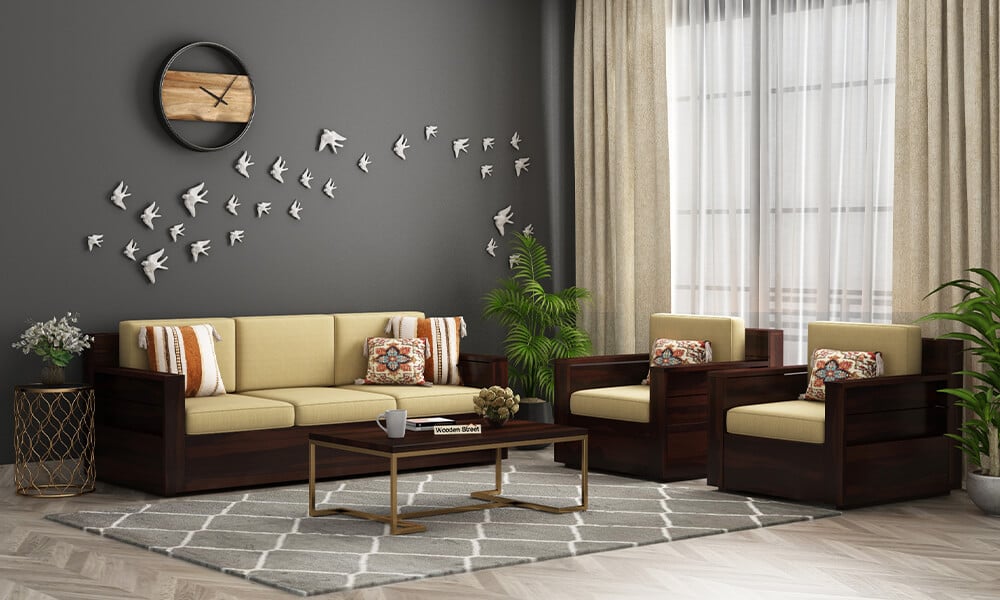In recent years, there has been a significant shift towards sustainable furniture as people become more conscious of their environmental impact and the need to preserve our planet for future generations. As a result, furniture manufacturers and designers are embracing eco-friendly materials and practices to create furniture that is not only beautiful and functional but also sustainable and environmentally responsible.
Eco-friendly Materials
One of the key components of sustainable furniture is the use of eco-friendly materials. These include materials that are renewable, biodegradable, and non-toxic. Some of the most popular eco-friendly materials used in sustainable furniture today include:
- Bamboo: A fast-growing and renewable resource that is durable and strong.
- Cork: A renewable and biodegradable material that is lightweight and water-resistant.
- Reclaimed wood: Wood that is salvaged from old buildings, fences, and other sources, reducing the need for new lumber.
- Recycled plastic: Plastic that is made from recycled materials, reducing waste and pollution.
These materials not only help to reduce waste and pollution but also provide unique and beautiful textures and finishes to furniture pieces.
Eco-friendly Practices
In addition to eco-friendly materials, sustainable furniture also involves eco-friendly practices in the manufacturing and design process. These practices aim to reduce the environmental impact of furniture production and promote sustainable living. Some of these practices include:
- Using renewable energy sources in the manufacturing process, such as solar or wind power.
- Reducing waste by recycling and reusing materials during the manufacturing process.
- Designing furniture pieces that are easy to disassemble and recycle at the end of their lifespan.
- Using non-toxic and low VOC (volatile organic compounds) finishes and adhesives to reduce air pollution.
By incorporating these eco-friendly practices, furniture manufacturers and designers can create pieces that are not only beautiful and functional but also environmentally responsible.
The Benefits of Sustainable Furniture
There are many benefits to choosing sustainable furniture for your home or office. Some of these benefits include:
- Reducing your carbon footprint and environmental impact.
- Promoting sustainable living and responsible consumption.
- Supporting local and small businesses that prioritize sustainability.
- Creating a healthier indoor environment by using non-toxic and low VOC materials.
- Investing in high-quality and durable pieces that will last for years to come.
Overall, the shift towards sustainable furniture is a positive step towards a more sustainable and environmentally responsible future. By choosing eco-friendly materials and practices, furniture manufacturers and designers can create beautiful and functional pieces that not only enhance our living spaces but also promote a healthier planet.

